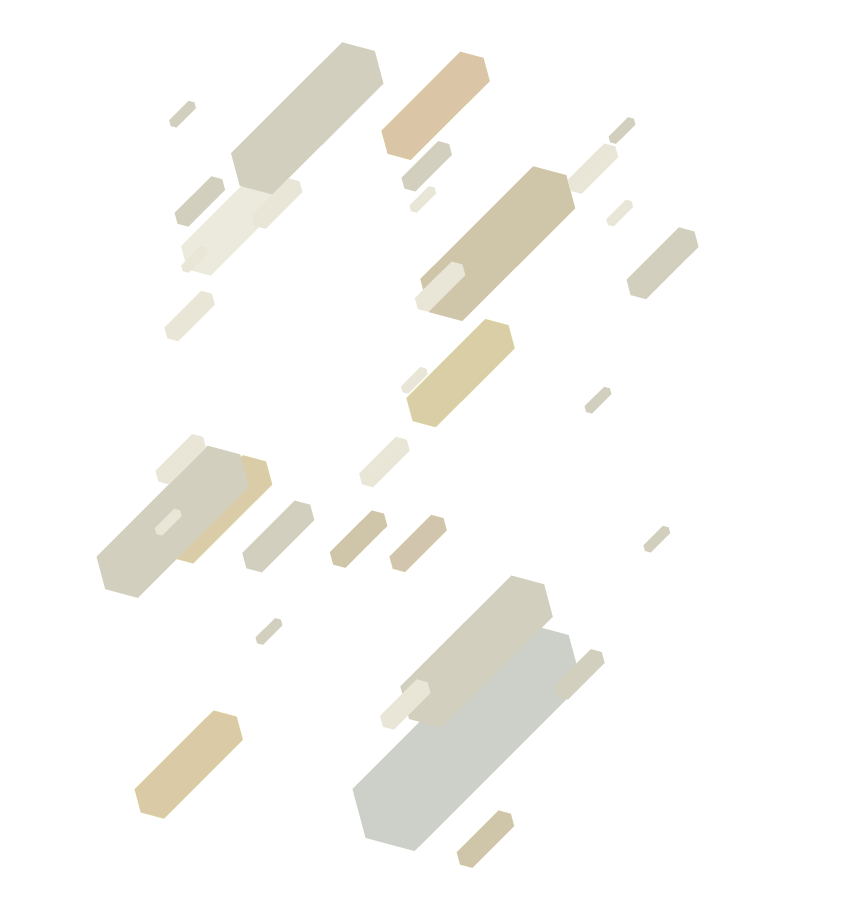


Sheng, the Chinese mouth organ and a thousand-year-old traditional instrument in China, is often referred to be the ancestor of the Western organ. The modern sheng contains 37 bamboo pipes, ranging from G3 to G6, four complete octaves with every chromatic pitch in between.
Creating a concerto for a Western orchestra with a Chinese solo instrument is not an easy task. My challenge was how to mix these very different instruments from both the Eastern and Western worlds into one united whole, as they not only sound quite different, but also tune differently. One of my solutions is to detune the Eastern and Western instruments and to use sounds between pitches, then melt them into a big pot to create a common ground for them to express their own character and identity freely.
The title for my Concerto for Sheng and Chamber Orchestra is The Color Yellow. In Chinese, 玄黃.
玄黃 means a gate, something hidden inside it, many paths that could lead to a entirely different journey. However, one can only take on such a journey by passing through the same entrance. The very same gate, in this concerto, is the ancient Chinese sheng. The solo sheng not only guides the orchestra but also the listeners going through its various stages and worlds. Yellow is the colour of skin, yellow is the Yellow Earth, the Yellow River, the Yellow Mountain. It is a work that echoes the past, spells the present, and foresees the future.
The Color Yellow: Concerto for Sheng and Chamber Orchestra, composed for sheng virtuoso Wu Wei, is scored for solo sheng, with two flutes, two oboes, two clarinets in Bb, two bassoons, two horns in F, two trumpets in C, two trombones, two percussions, piano, and string orchestra. The entire piece runs about 22 minutes, and has three sections, which should be played in succession.
Huang Ruo, January 2008




